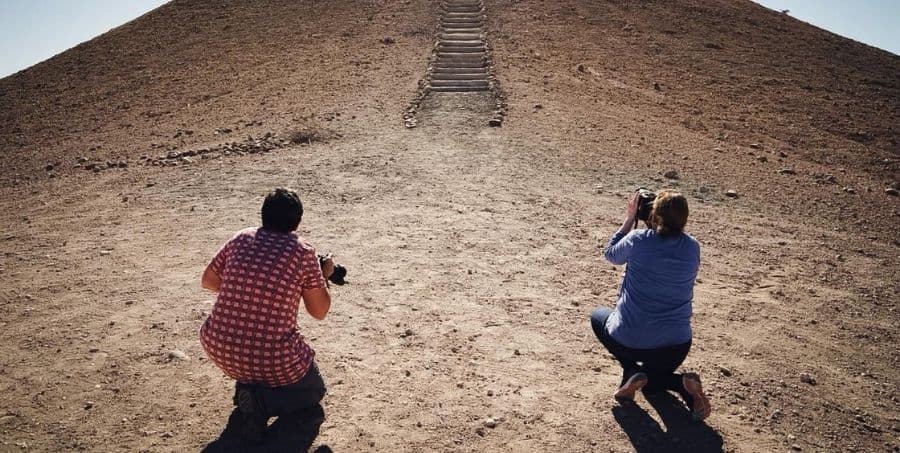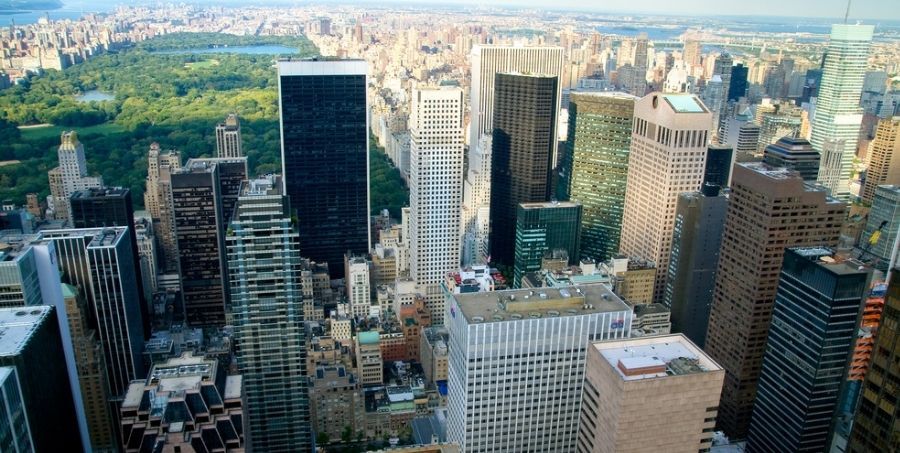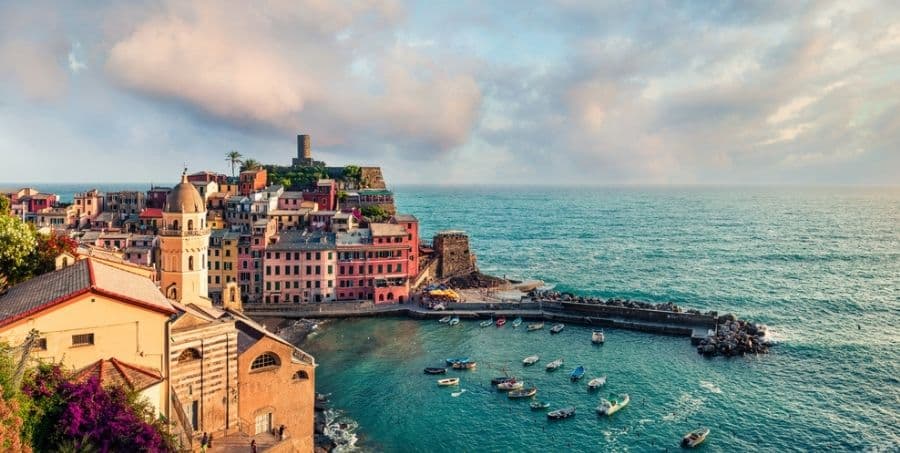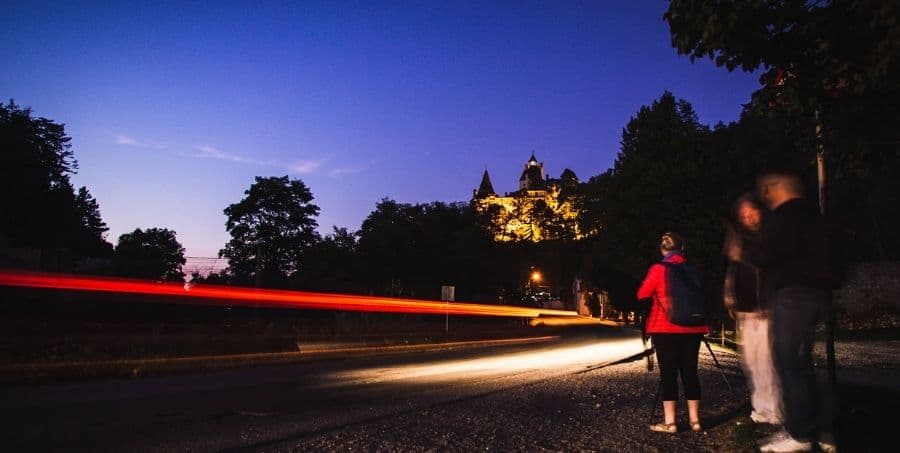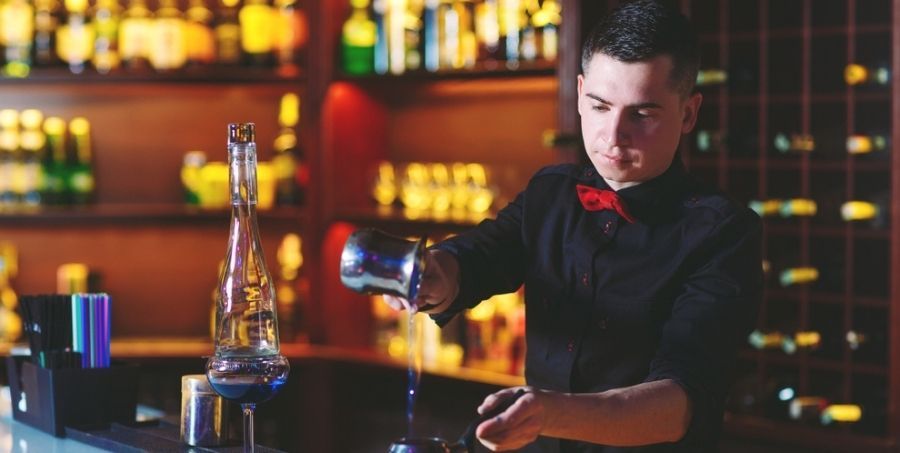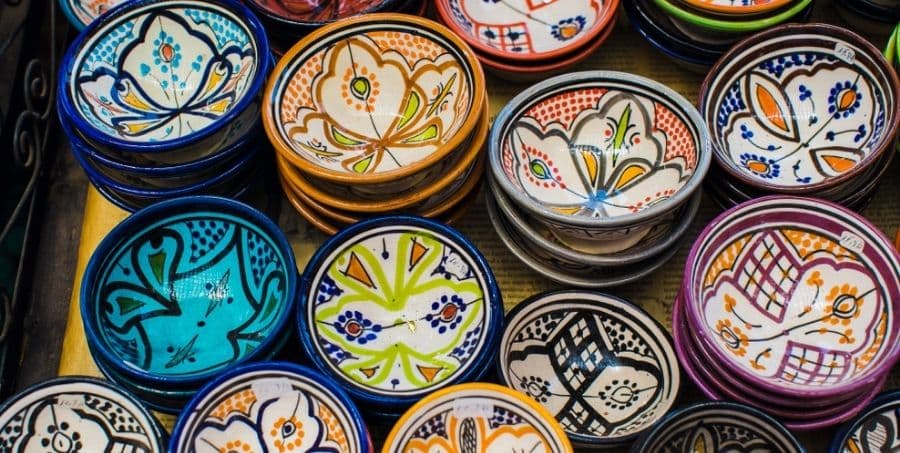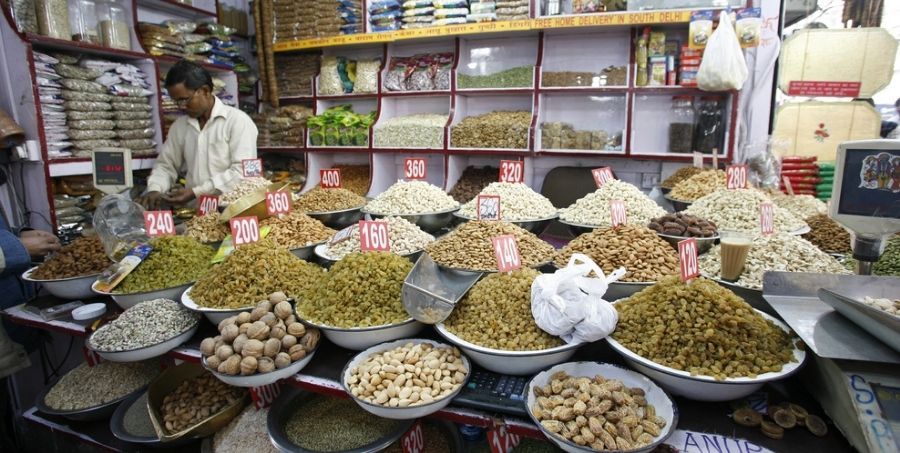Boarding pass in hand, camera batteries charged, and an empty memory card waiting to be filled with the images & memories of the food, landmarks, people & culture of the country you are visiting. You’re all set & ready to go. This trip will be the one where you are actually going to put some serious mileage on your camera. And then it hits you. Even with all your enthusiasm & love of photography, it suddenly dawns on you, you’re not exactly sure what you’re doing. The guys on YouTube and in all the camera magazines make it look so easy. However, your images are coming out a little ‘lacklustre’, no matter how hard you try!
Something that we tend to forget in today’s image saturated world is that photography is a skill and, like any skill, it requires technique, practice & a little bit of luck. With that in mind, here are some tips to get you some ‘easy wins’, no matter what level of photographer you are, or what type of camera you have.
Practice Makes Perfect
Photography is a skill and, like any other, it needs to be practised. This simply means getting used to your camera and its settings. It’s tricky enough to frame up a good shot without the added pressure of trying to figure out which button does what. A good tip would be to take your camera to the park while out walking the dog, or pop it into your bag on the way to work, and aim to take 10 photographs every day for a week. It doesn’t matter if the images are interesting or not. All that is important here is that you’re getting used to your camera and all the different functions on it. When you take out your camera and start ‘snapping’ on holidays, it will feel comfortable & natural.
Composition
How you frame up your shot, or what you leave in or out of it, is referred to by photographers as composition or ‘composing a shot’. This is one of the most important elements of photography. If you hear people saying that you have a good eye for photography, it means you tend to have good composition skills. Think of the way you frame up your shot the same way as the grammar in a letter or a piece of prose. Grammar works by making a letter easy to read, allowing the reader to make sense of what you are trying to say. The same is true of a good composition. Photographers use ‘Rules of Composition’. Just look up composition tips online and you will find a wealth of articles. One of the easiest and most widely used rules of composition is the ‘rule of thirds’. This involves dividing your image into nine boxes in your head and placing your subject where the lines intersect. If you can get this nailed down you will be well on your way to improving your images.
Fake It Till You Make It
Composition will come to some people easier than others, but don’t worry, it will come! In the meantime, you can look for inspiration elsewhere. Have a look at local postcards of landmarks as the local photographers will often have the jump on these. Look up your location on Flickr or Instragram to see what other photographers have photographed and try using their compositions as a starting point.
Do Some Light Reading
Photography may take a while to master so, in the meantime, why not do some light reading to improve your images? For example, reading up on ‘White Balance’ (how to get the colours you see in scene) and ‘Shutter Speed’ (how to freeze the movement in your image) are simple things you could read about that could make a massive impact to the quality of your images.
ISO
If you have ever tried to photograph anything at night, you will know the frustration of trying to get a sharp image. This is simply called ‘camera shake’ or sometimes ‘barrel vibration’. Raising your ISO will allow you to take sharp images in low light, but be warned, this comes with a drawback. It will increase the amount of noise and grain in your images. However, it is often believed that it is better to have a grainy image than a blurry one. When you have taken your images, be sure to reset the ISO back to a lower number for shooting during the day.
Rough ISO Guide:
Outdoors during the day: 100/200/400 ISO
Indoors during the day: 400/800/1600 ISO
Dusk or Night Photography: 1600/3200/6400 ISO
People, People, People
Although a country’s landscape can look stunning in photographs, it is the people that make up a culture. Try not to get bogged down with only photographing landscapes. Photograph the locals going about their business and daily chores. Look out for things that they do differently from what you are used to.
Colours & Traditions
Countries, by their very nature, are defined by their culture and traditions. Think about what is unquie to the country you are visiting and try to photograph that. Spain’s Matadors, India’s Holi Festival or the July 4th celebrations in America, to name but a few. Pay attention to colour. Colours are one of the most important aspects of a culture and will have a massive impact on your image. They can be found everywhere, from flags to food, so remember to keep your eyes open.
Food
Take pictures of local cusines and restaurants. Look for where the locals are eating. Go further and look into local markets, fruit stalls, wineries and breweries. You can even just take your Smartphone for this if you don’t want to carry your camera gear around.
Arts & Crafts
Don’t forget to photograph weavers, fullers, painters, potters, street performers, musicians and other craftspeople. When you are travelling, the world is your oyster. A good tip when out on the streets, or in the markets, is to buy a little trinket and ask the seller to pose for a picture. You will have a pretty picture and a nice souvenir going home.
These top tips have been brought to you in partnership with Stewart Kenny, a Course Trainer & Photography Guide at Dublin Photography School.
If you are serious about learning more about ‘Travel Photography,’ then join the adventure on one of our fantastic photography holidays, during which two tutors from Dublin Photography School will turn your trip into an outdoor classroom. You will be tutored while touring around stunning photogenic locations such as Montenegro and Morocco, which have been handpicked by the team at Dublin Photography School & TD active Holidays.

